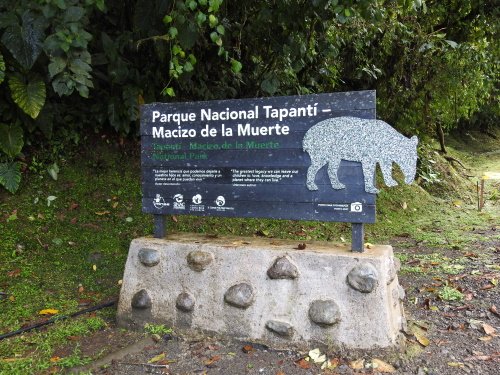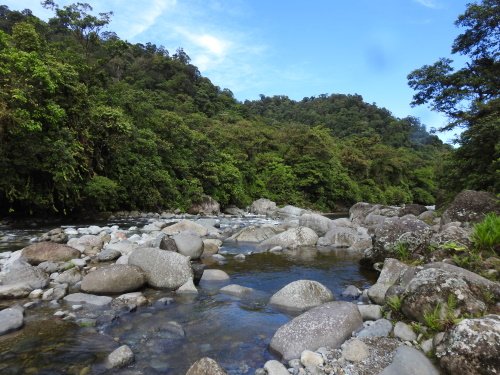First published: Sun 28 Mar 2021.
Els Slots
WHS #742: Talamanca Range
Comments
2 comments
Esteban Cervantes Jiménez
4 years, 8 months ago (Mar 29, 2021)
Yes, I agree that visiting this WHS will take some time to get the best experience of it. For example, Chirripó would require at least 3 days hiking: one up for Base Crestones, one up to the summit...maybe some other attractions and 1 down...but 4 days would be best, in case you wanted to visit places like Ditkevi lagoon, the Morrenas, or Sabana de los Leones (which is on the way from San Jerónimo). In the case of La Amistad proper (Altamira sector), and Barbilla, you can do that maybe in 2 days, but if one wanted to go to Kamuk in La Amistad, from Tres Colinas station...that would be 5 days. Tapantí-Macizo de la Muerte is definitely the option of choice (not the greatest one, though, as most of the park is non-accesible wilderness) when time is limited, plus allowing to fit in Orosi and Ujarrás FTLS.
I hope to get back to Chirripó maybe next year, combining the routes from San Gerardo and San Jerónimo...and sometime do the Kamuk hike in La Amistad.
Reply
Jay T
4 years, 8 months ago (Mar 30, 2021)
Those are some good insights for seeing the Talamanca Range -- thanks, Els and Esteban!



